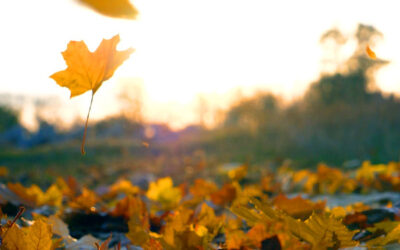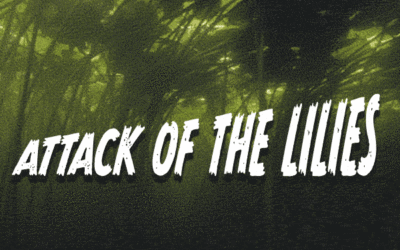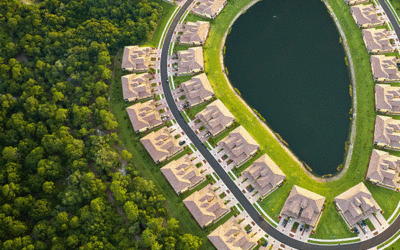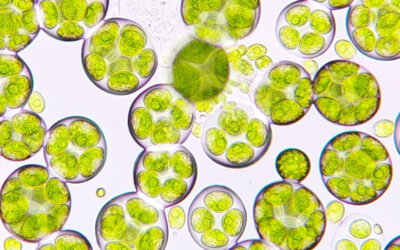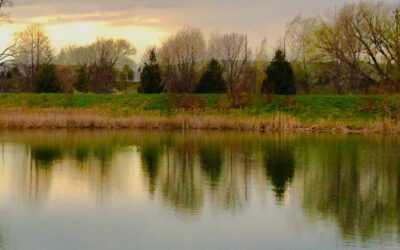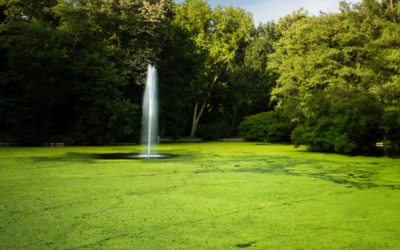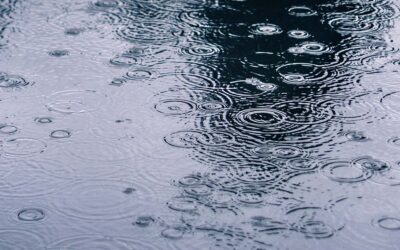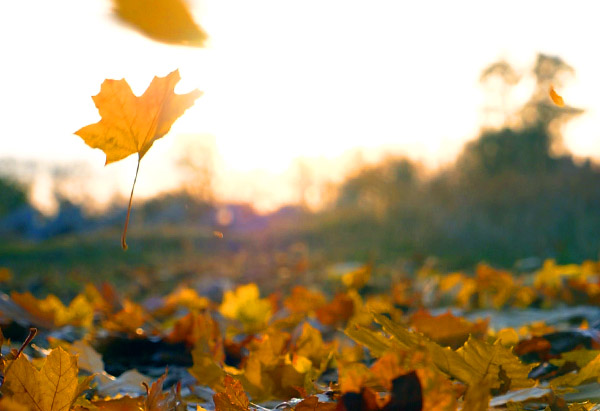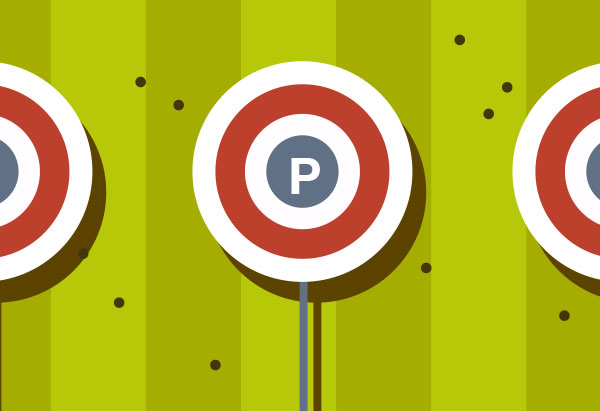Autumn Leaf Litter. Studies show that nearly 60% of the annual phosphorous in water systems can be attributed to leaf litter. Here are 4 ways to manage Autumn leaves to protect your ecosystem and help your lakes and ponds have a healthier Spring.
It’s Buckthorn Season… Again!
It’s Buckthorn Season Again! Buckthorn is a highly invasive plant that prevents the growth of native species. Read our guide to buckthorn removal to learn more.
Sediment Testing for Phosphorus – Advanced Information for Lake Owners
Phosphorous release from the sediment is at its peak in the Autumn months, make it the optimal time for testing.
Plus, doing this testing now allows you to plan and budget for algae prevention in the Spring vs. costly reactive measures once an algal bloom breaks out.
This testing is called Sediment phosphorus fractionation.
Attack of the Lilies
ILM answers questions about Water Lilies: Are they bad? How any are good amount, and how to control lilies in your lake or pond.
Do you know what’s happening below the surface of your pond?
ILM Sediment Studies can give you the data and insight on your storm basin, channel, or detention pond that you need to plan, budget, and avoid costly issues.
Quick Fix Dock and Shoreline Solutions!
ILM has solutions for immediate removal of aquatic plants and algae that are choking out your shorelines and docks. Our quick response services will get your docks looking picture perfect!
Algae: The Good, The Bad, & The Ugly
As water temperatures rise, we are starting to see growth in our water bodies. One thing that may be presenting itself is algae. What is Algae? Take a closer look at algae and identify the good the bad, and the ugly of the species that has an effect on all midwest lakes and ponds.
Lake Activity: March
In March, your lake in northeast Illinois and southeast Wisconsin is transitioning from the Winter chill to warmer weather. The water temperature is still cold, limiting significant plant or algae growth. But activity is starting to happen, some that you can’t necessarily see, that will impact how your lake “behaves” come Summer.
How Nutrient Deactivation Helps Control Duckweed in Lakes
Nutrient deactivation is a process that reduces the availability of nutrients—primarily phosphorus—in the water column and sediments. This process helps control the invasion of duckweed (Lemna spp.) in lakes and ponds
Preparing for Stormwater Season – Stormwater BMP Inspections Save System Failures, Costly Repairs, and Flood Risks
Regularly inspecting your stormwater BMPs (retention basins, dry ponds, vegetated swales) is essential to keeping them functional and effective. Over time, sediment buildup, erosion, and clogging can reduce their ability to manage runoff and filter pollutants. Culverts can crack or separate, causing runoff issues. Without proper maintenance, these issues can lead to system failures, costly repairs, and increased flooding risks. The best way to know if maintenance is needed is to inspect your BMP at least once a year.

